Sports & Activities
Spirit of Adventure

In Olang, living traditions, regional artistry and a diverse cultural programme are an integral part of the experience. Throughout the year, numerous events bring the region’s cultural heritage to life. From festive processions and music events to culinary festivals – South Tyrolean customs are proudly upheld here.
A particular highlight is the “Hof & Hand” farmers’ and artisans’ market, where regional producers display traditional crafts and local delicacies. It is this deep connection between culture, nature and community which turns Olang into a place where both visitors and locals can experience the authentic South Tyrolean way of life.
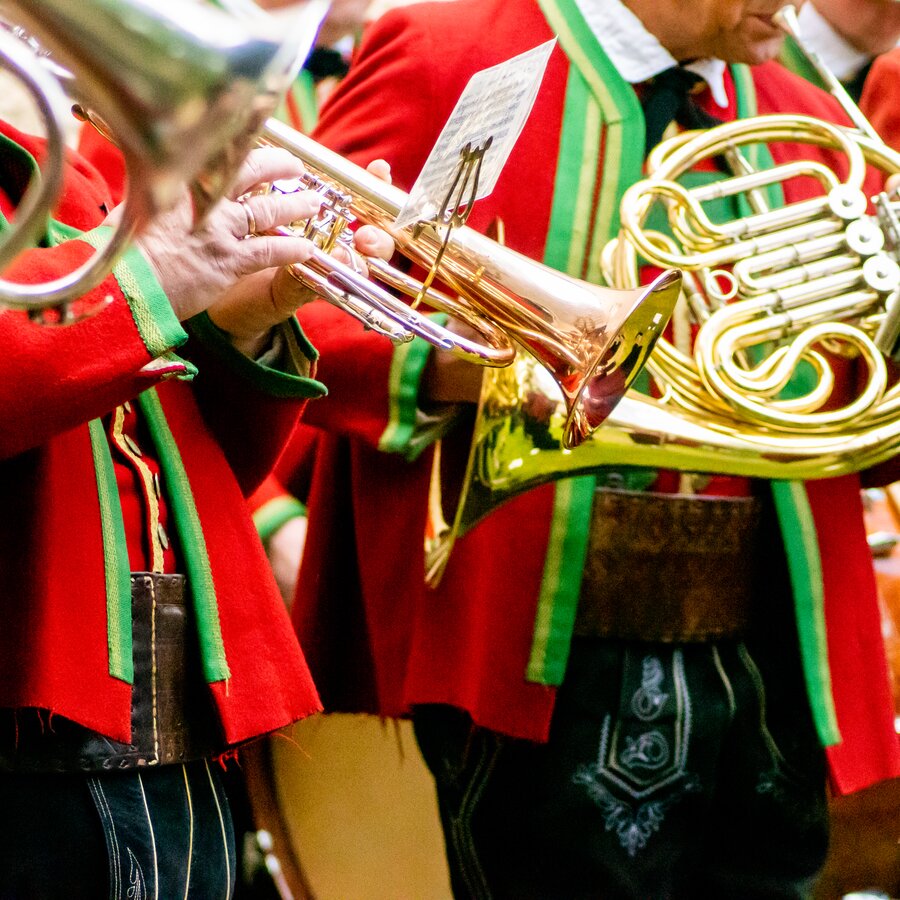
In Olang, music bands play a central role in the community's cultural life, preserving and celebrating long-standing traditions. The town is home to two music bands: the “Pfarrmusik Olang” parish church band and the “Peter Sigmair” band. These are joined by the “Feirschtamusik” music group, whose performances ensure unique musical experiences.
With their festive sounds, they accompany processions, church fairs and other festivities deeply rooted in the town's history. Church fairs in particular, at which the patron saints of the individual hamlets are celebrated, mark a special high point in the course of the year. These occasions bring together living customs and community spirit and are characterised by solemn church services, traditional parades and music from Olang’s music bands.
Be it for festive occasions or lively concerts - the music bands and the “Feirschtamusik” music group contribute to passing on South Tyrol’s music tradition and bringing it to life for both locals and guests.
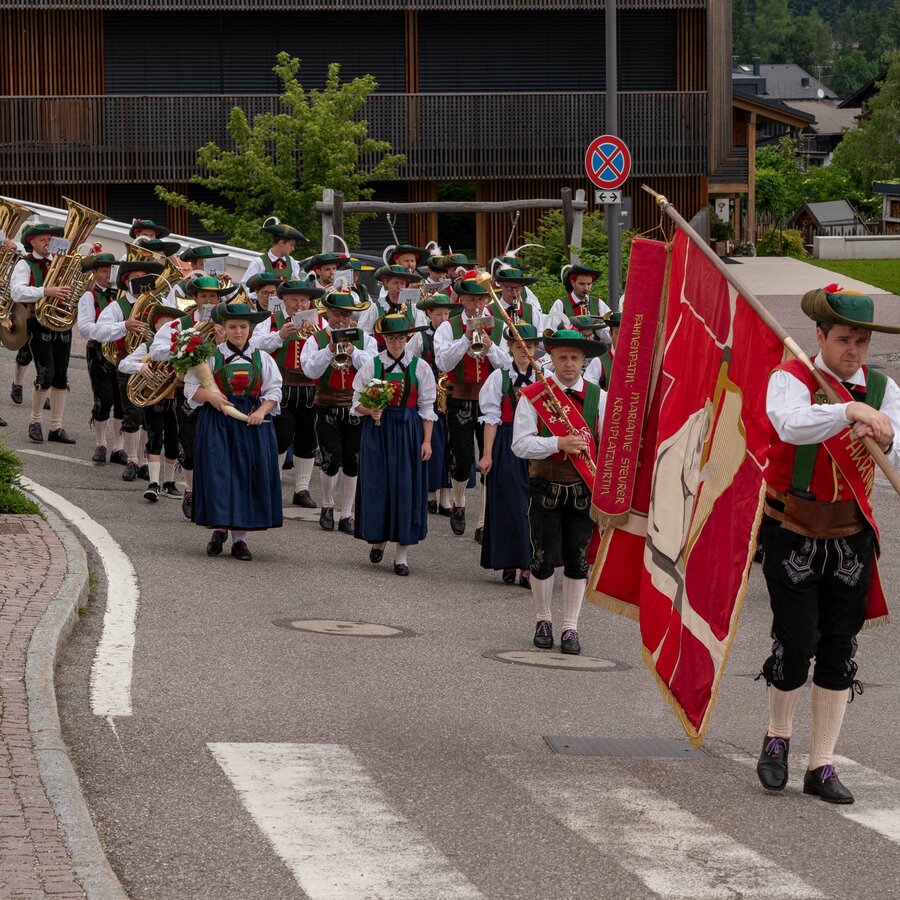
In Olang, tradition and faith are deeply rooted in everyday life. Throughout the year, numerous religious celebrations and village festivals take place, cherished by the local community – and offering guests truly special experiences.
Corpus Christi: celebrated ten days after Pentecost with a festive church service and a solemn procession
Sacred Heart Feast: on the second Sunday after Corpus Christi, impressive mountain fires light up the slopes around Olang
Parish Fair in Niederolang: is traditionally celebrated on the weekend following the Feast of Saints Peter and Paul. It usually takes place on the last weekend of June or the first weekend of July
The Fire Brigade Festival in Mitterolang is traditionally held on one of the first two weekends in August
The Parish Fair in Geiselsberg is celebrated on the weekend before or after August 15th
The Schützen Festival traditionally takes place on a weekend after August 15th
Parish Fair in Mitterolang: is celebrated on the weekend following the Feast of Saint Giles and usually falls on the first weekend of September
Assumption of Mary: on August 15th, the volunteer fire brigade of Oberolang hosts its traditional summer festival
The Parish Fair in Oberolang is traditionally celebrated on the first weekend of October
Thanksgiving Festival: on the third weekend in October, locals gather to give thanks for the harvest and the gifts of nature
All Saints’ Day: in November, a quiet and heartfelt remembrance of those who have passed away
Whether contemplative, solemn, or cheerful – the traditional festivals in Olang are a reflection of the vibrant culture of the Pustertal Valley and warmly welcome both locals and visitors to celebrate together.
All dates for the events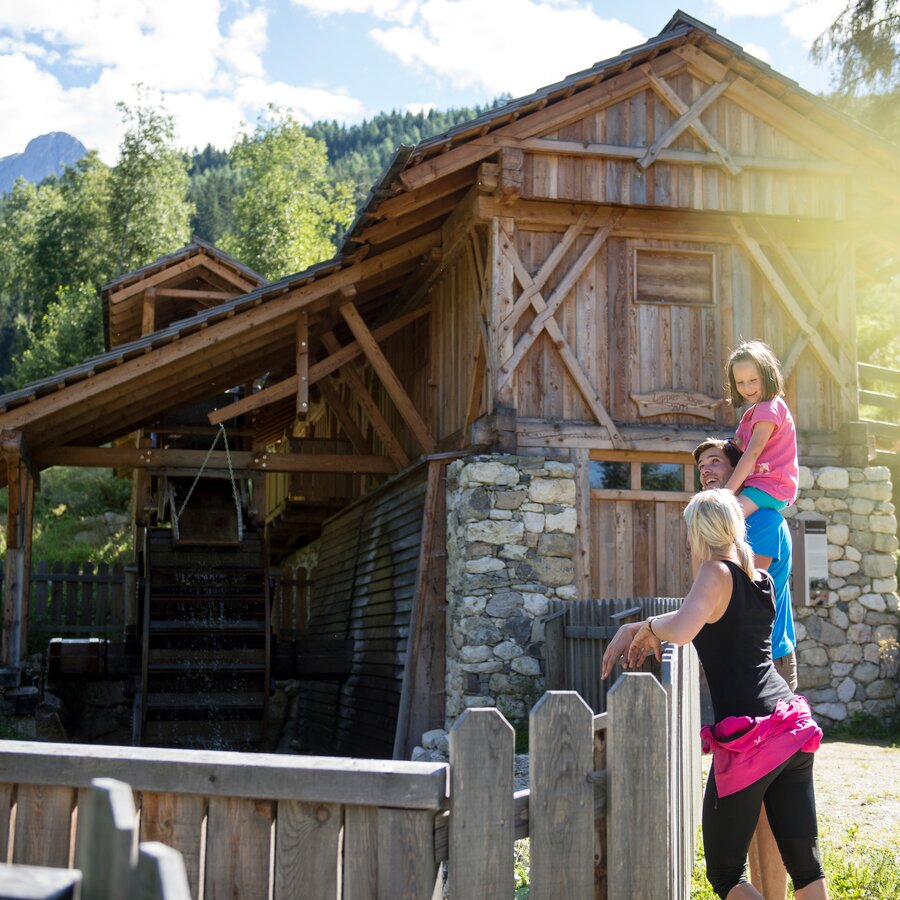
The Lipper sawmill and hammer mill in Olang stand as remarkable examples of traditional craftsmanship. Discover how wood used to be processed and metal forged in earlier days - with hydropower as the driving energy source.
The historic Venetian frame saw demonstrates how tree trunks were cut into planks, while the hammer mill shows how tools and hardware were crafted using the force of water. Both workshops have been carefully restored and offer fascinating insights into the region’s artisanal heritage.
The Lipper Sawmill and hammer mill: a unique site for culture and history enthusiasts, who can experience the significance of traditional techniques in our region.
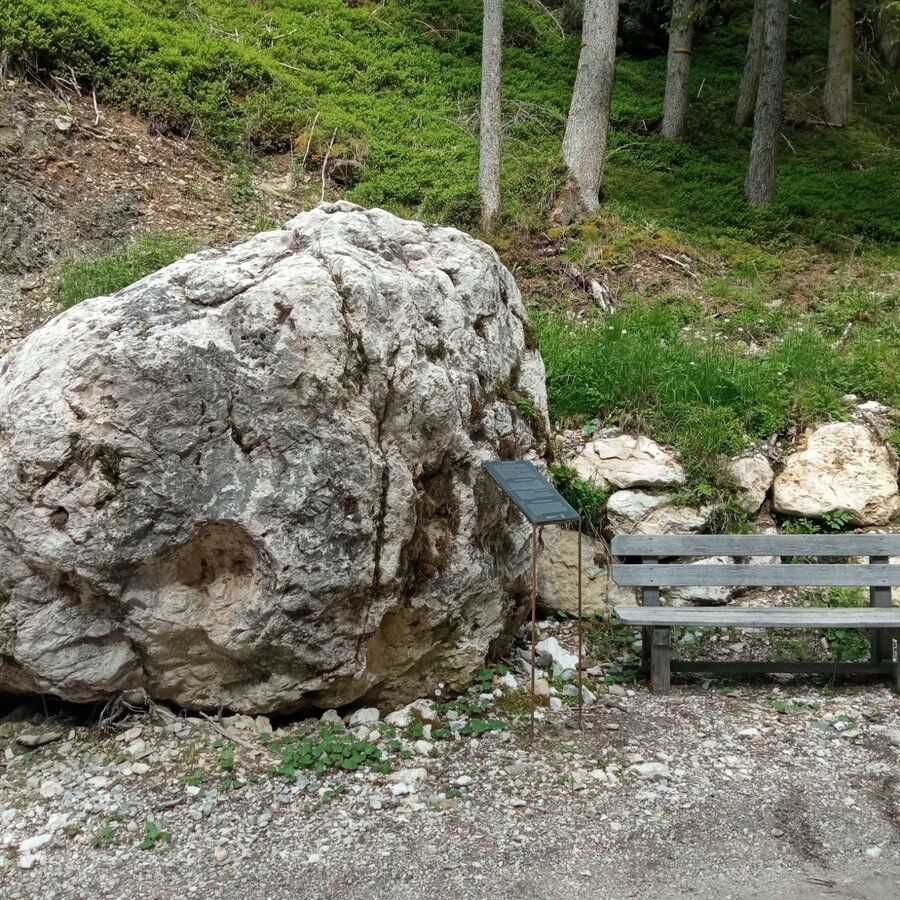
A long, long time ago – probably in the 12th century – the inhabitants of Innichen were busy planning the construction of the collegiate church. The giant Haunold also lent a hand, helping to transport breccia and sandstone for the masonry work.
In the Pragser Valley, he discovered a very large chunk of dolomite. Was this enormous stone suitable for the church? He decided to take it anyway and carried it over the Brunstbühel to the foot of the Olang valley basin. But the stone was heavy, the path was long, and eventually the giant ran out of strength. Exhausted and frustrated, he threw the stone to the ground and left it there. The stone still lies where the giant dropped it. If you look closely, you can still see the giant's fingerprints and the impression of his back in the rock.
A rib bone hanging above the entrance to the collegiate church still reminds visitors of the mighty giant Haunold.
More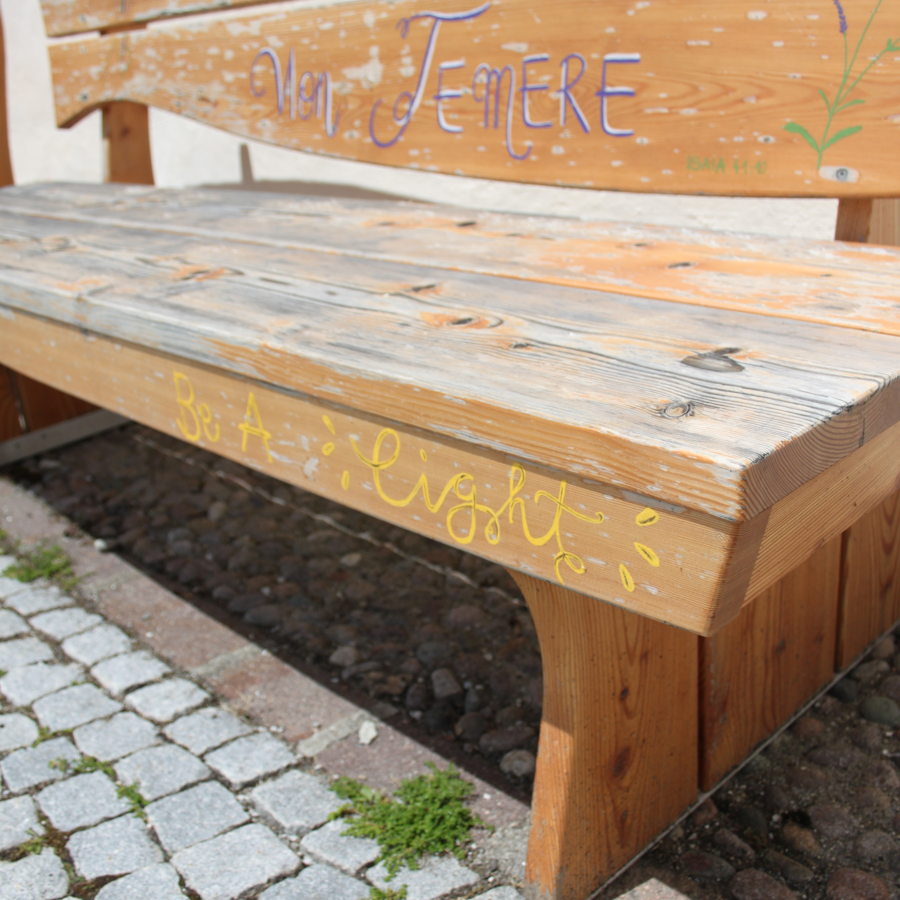
The “SINNBank”, which literally translates as “meaningful bench”, is a wooden bench colourfully and creatively designed by pupils, teachers, employees or local residents. It is placed along the routes to school and work, as well as in public spaces. The SINNBank invites passers-by to pause for a moment and encourages people of all ages to engage in conversation. Due to its original design, the SINNBank fosters a sense of identity and strengthens the social interaction by encouraging dialogue – making it truly meaningful.
Discover more